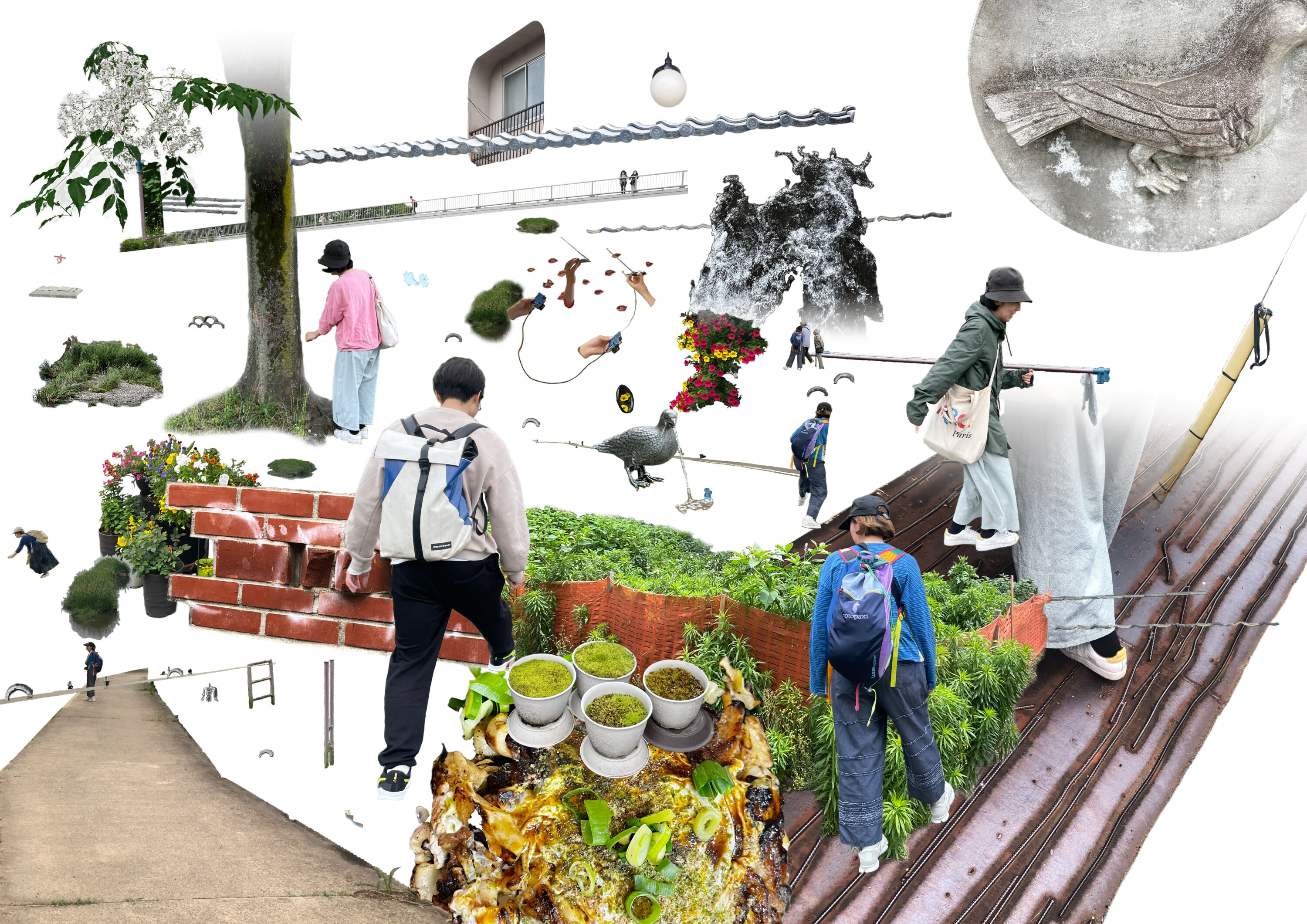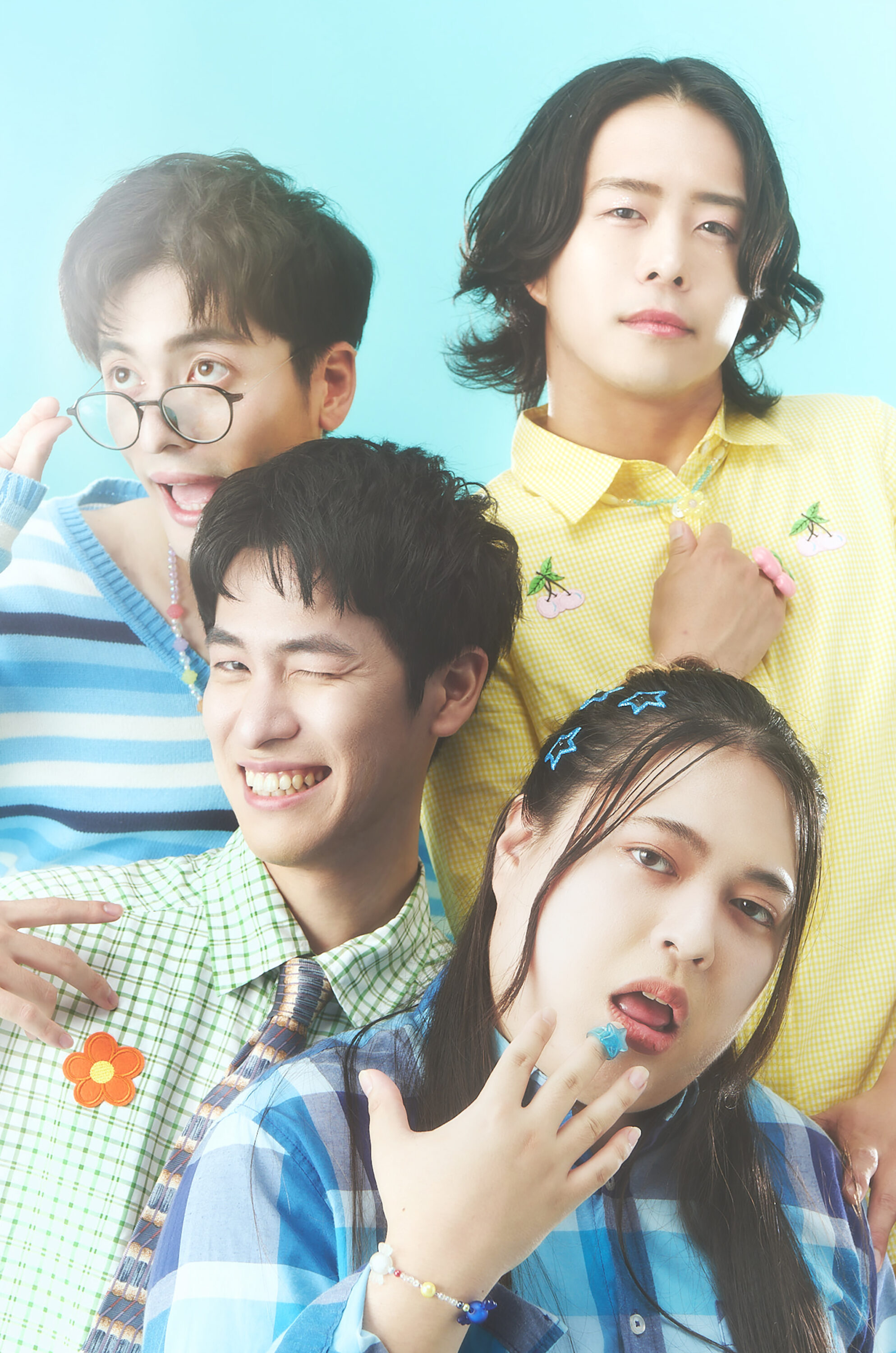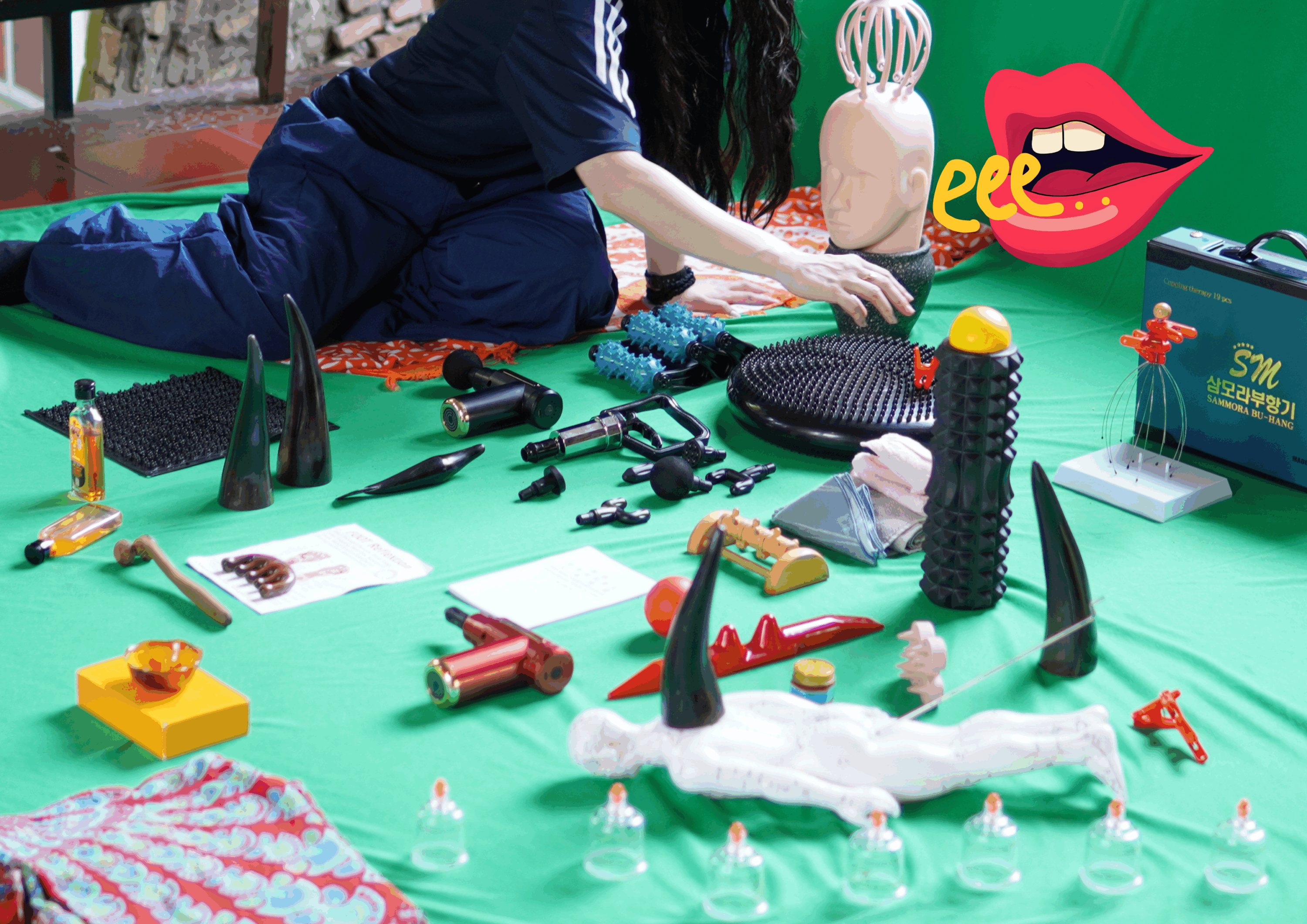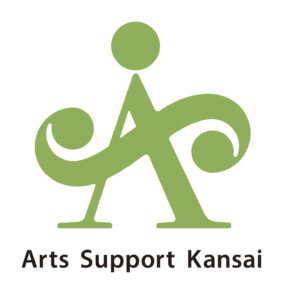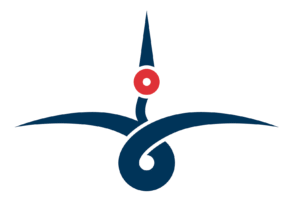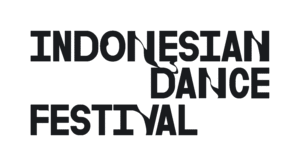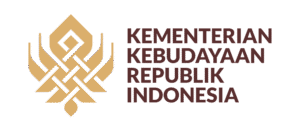Echoes Now
- Date
10.7 (Tue) 18:00 ★
10.8 (Wed) 18:00 ★
*The Post-show talk on 10.8 will be in Japanese only.★ Post-show talk
- Venue
- KYOTO ART CENTERMulti-purpose Hall and Auditorium
- Duration
140 min
* 3 performances with set change / intervals between each performance
- Tickets
Adult: ¥3,500
Youth*, Students: ¥3,000
High School Students & Younger: ¥1,000
Pair: ¥6,500
*25 and under
- Language
[おloquさん]
Japanese and English[SOFTBOYS: Datte Mada Mada Ima Kita Bakka!]
Japanese and English surtitles[massageXgossip]
Japanese, English and Indonesian with Japanese and English surtitles
- Curators
Maki Kawaguchi, Takuya Tsutsumi, Nagara Wada
Echoes Now is a performance program by Kyoto Experiment that showcases the next generation of curators and artists. Led by three curators who come from various fields and hold different backgrounds, the program introduces artists creating experimental work. The name of the program Echoes Now reflects the hope that the works of these artists and thoughts of these curators will reverberate throughout the art scene in Japan and beyond. Furthermore, as well as introducing works with an eye on the future, the program also focuses on what should be presented now and the spirit of the next generation.
Maki Kawaguchi Program
Mayo Koide, hayate kobayashi, Kumiko Takahashi
おloquさん [Performance]
“お(o)loquさん(san)” started through encounters between three artists. おloquさん is neither human nor object. If it must be described, it is a situation that the three mutter together.
Kansai dialect speakers often add the polite prefix “お(o)” and/or the honorific suffix “さん(san)” to non-human things, especially in Kyoto. This is said to have originated from the gosho kotoba (imperial court dialect) spoken by nobles, with warm, welcoming expressions such as “o-mame-san” (beans), “o-inari-san” (inari), “o-hi-san” (sun) still commonly heard today. This pairs interestingly with the ability of the Japanese language to both integrate and delineate foreign things, incorporating all words into its three different writing systems—kanji, hiragana, and katakana—while using them to distinguish these words’ origins.
“おloquさん” places “お(o)” and “さん(san)” on either side of the word “loqu” (originating from the Latin word for “to speak”), creating an unintuitive combination. This represents an attempt by Mayo Koide, hayate kobayashi, and Kumiko Takahashi to peer into what emerges at the borders demarcated by words, as well as at the points where they merge.
Curator’s Statement (Maki Kawaguchi)
Mayo Koide brings attention to words that emerge between people and places; hayate kobayashi explores new forms of narrative through self-made apparatuses and moving images; Kumiko Takahashi creates works using letters and voices that exist between sound and meaning. Through many sessions, this collaboration between three artists—who all work with words in different ways—brings forth three forms of artistic expression that remain individual yet influence one another, intermixing, resisting, merging, and existing together.
Perhaps it’s akin to the ways in which words transform within the spaces between different languages and tools.
Curator Profile
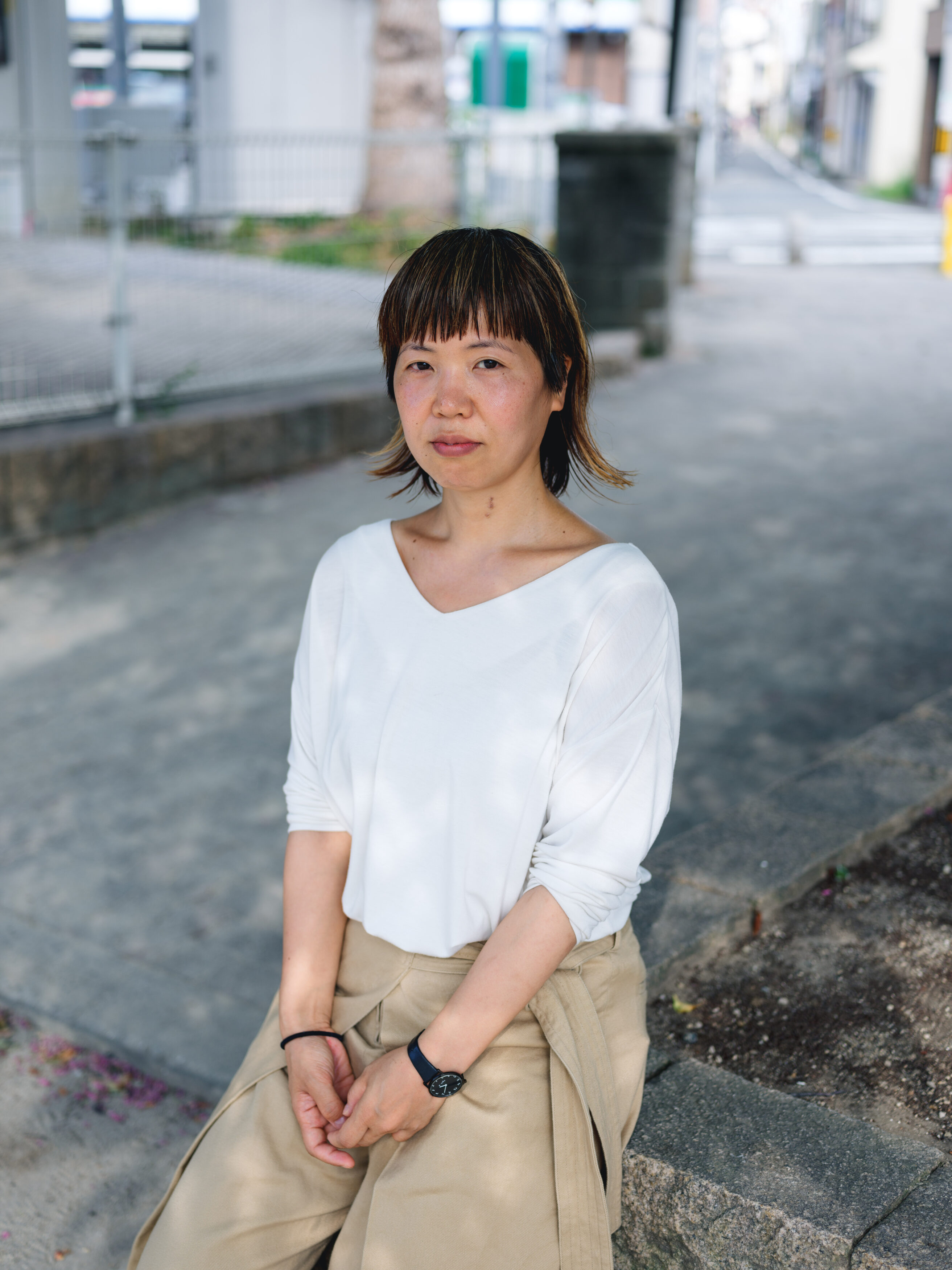
Maki Kawaguchi
After withdrawing from the Art Planning program at Seian University of Art and Design, Maki Kawaguchi worked in agriculture. From 2009, she joined Art Area B1 in Nakanoshima, Osaka and was involved in producing exhibitions, music events, and performances. Kawaguchi presided as the director and secretary general there from 2013 to 2023. Since February 2023, she has worked in public relations in the Kyoto City Kyocera Museum. Independent of her work at the museum, she also collaborates with artists by organizing exhibitions.
Artist Profiles

Mayo Koide
Osaka, Japan
Koide is a visual artist. Born in 1983 in Osaka, she completed a Master of Fine Arts (Printmaking) at Kyoto Seika University in 2009. Through the creation of her works, Koide is interested in uncovering individual elements buried within recorded history by drawing attention to the close connections between people and place. She creates installation works combining her own words and of others, objects, photos and video images, with the characteristics of the places where the works are presented, also to include the lights, sounds and the movement of air. Recent solo exhibitions include Amagasaki City Cultural Future Encouragement Award Commemorative Exhibition “The polyphony of our narratives” at Amagasaki City Cultural Center Former Wedding Hall,Hyogo in 2023.
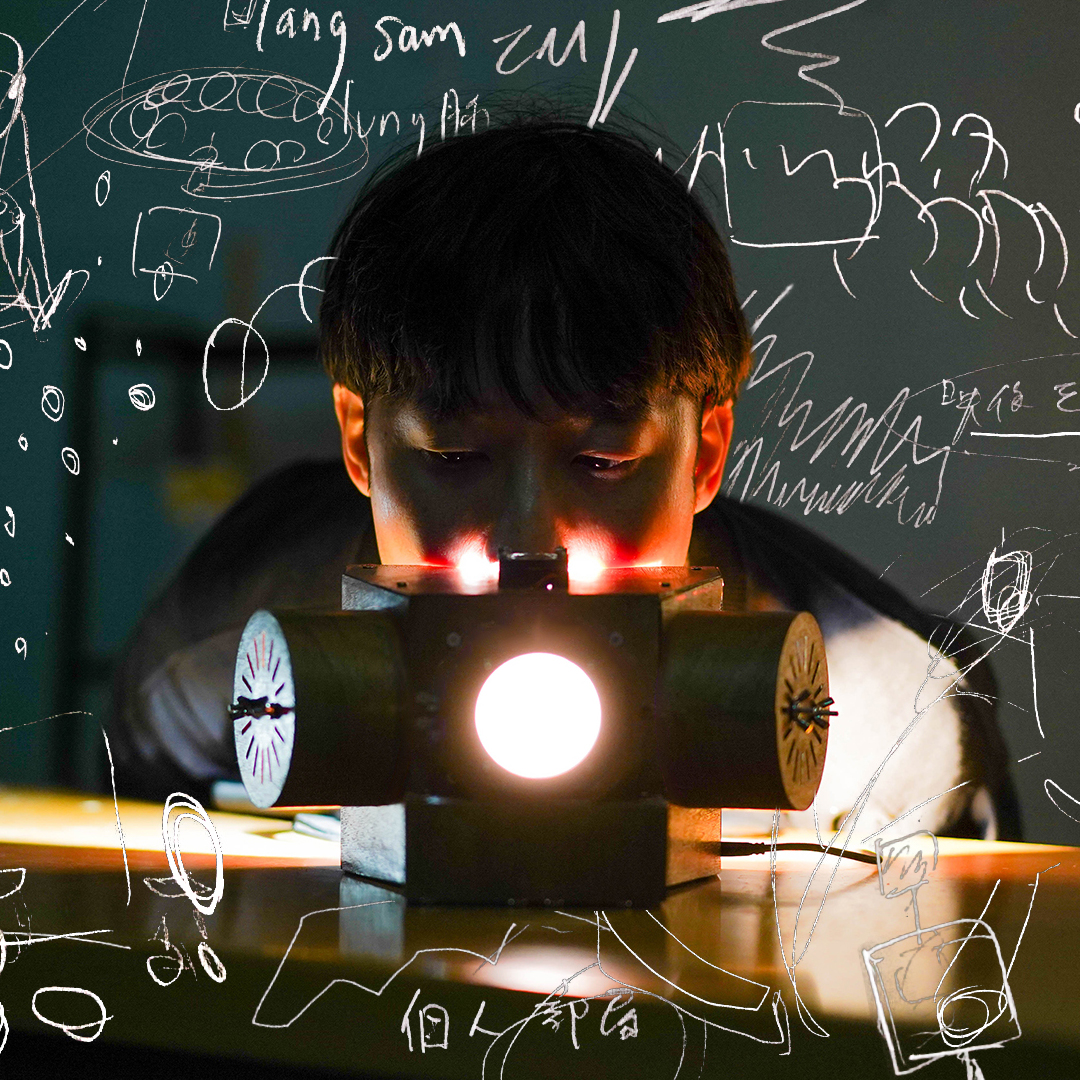
hayate kobayashi
Kyoto, Japan
Born in 1995. Lives and works in Berlin, Germany. kobayashi graduated from Art and Media at the Berlin University of the Arts. Based on his research of Asian migrants and media archaeology, kobayashi explores a new form of narrative with moving images and self-made apparatuses. His recent works focus on exophony and its narrative in perspectives of translation and identities.
He completed a Master Program in Film and New Media Studies at the Graduate School of Film and New Media, Tokyo University of the Arts. His work was selected for Forbes 30 Under 30 Asia 2022, The Arts in 2022. His recent solo exhibition include: Polyparole, Art Center BUG, Tokyo, Japan (2024); and his work has been included in group exhibition such as: MORE STRANGE THINGS, silent green (Berlin, 2024).
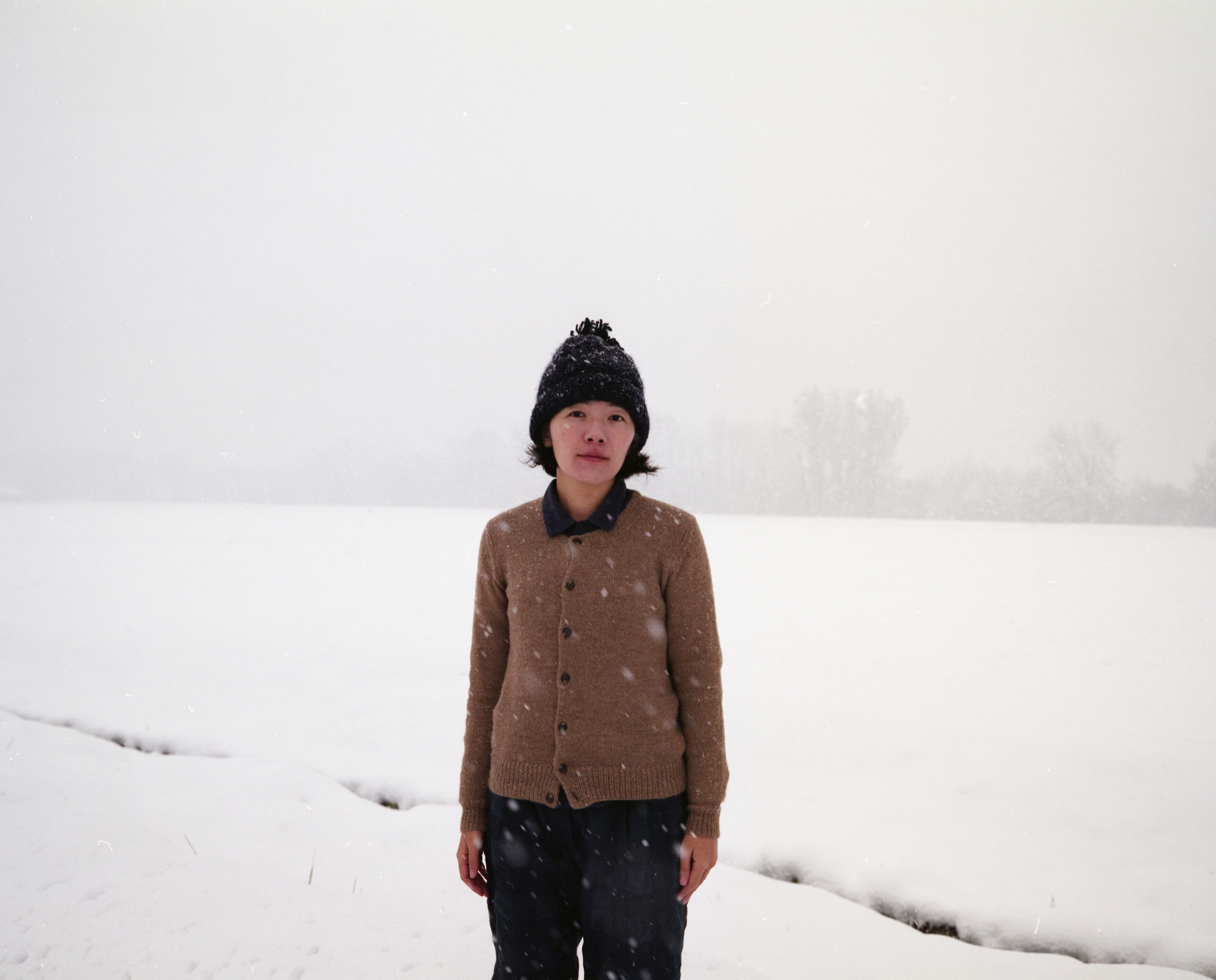
Kumiko Takahashi
Ehime and Tokyo, Japan
Author, Lyricist, Farmer.
She continues her creative work writing poetry, essays, novels, and picture books while also pursuing her passion for agriculture. Drummer and lyricist in a rock band until 2012 when she began a career in authorship. Currently residing part time in Tokyo and her home prefecture of Ehime where she works in agriculture. Recent works include: The Sound of Writing (ii oto ga suru bunshyo), Heir to the Farm (watashi no noutsugi) and Gururi (Gururi). Also, lyric composition on various musical projects.
Takuya Tsutsumi Program
Tomonosuke Kurachi
SOFTBOYS: Datte Mada Mada Ima Kita Bakka![Performance]
Focusing on the micro moments of hilarity and silliness that arbitrarily occur in group settings and other parts of daily life, Tomonosuke Kurachi captures the gestures and situations that trigger such instances. His video installation-based practice unabashedly revels in inside jokes, “bad taste,” and low-brow culture. Through his own body as well as those of his friends, Kurachi exaggerates, imitates, and recomposites various materials, including footage from TV shows, films, music videos, and memes. The end result makes visible the “behaviors based on limited understanding” of someone born in the late 90s.
For this year’s Kyoto Experiment, his excessive and improvisational direction goes beyond the replicable medium of video and becomes sublimated into live performance. This attempt for men to come to terms with their own physicality and discomfort and intentionally reconstruct their narratives may surpass the framework of “inner social codes,” reenacting and questioning what it means to be a man.
Curator’s Statement (Takuya Tsutsumi)
Tomonosuke Kurachi is a shy person. Even though he’s able to play with all kinds of gestures, faces, and voices in front of the camera, this slim man looks embarrassed as he shows me his AI-generated “discovery tabs” at a cafe. At the same time, it’s not that he finds these various social media accounts (that he fervently likes) simply “interesting.” Rather, he reenacts and adapts with his friends the parts that “don’t land” and posts them on his story (↗︎ Linkin Park – In the End). If this series of “inside jokes” has the potential to expand and appropriately occupy a space, I imagine it would do so on a stage instead of through a video.
Curator Profile
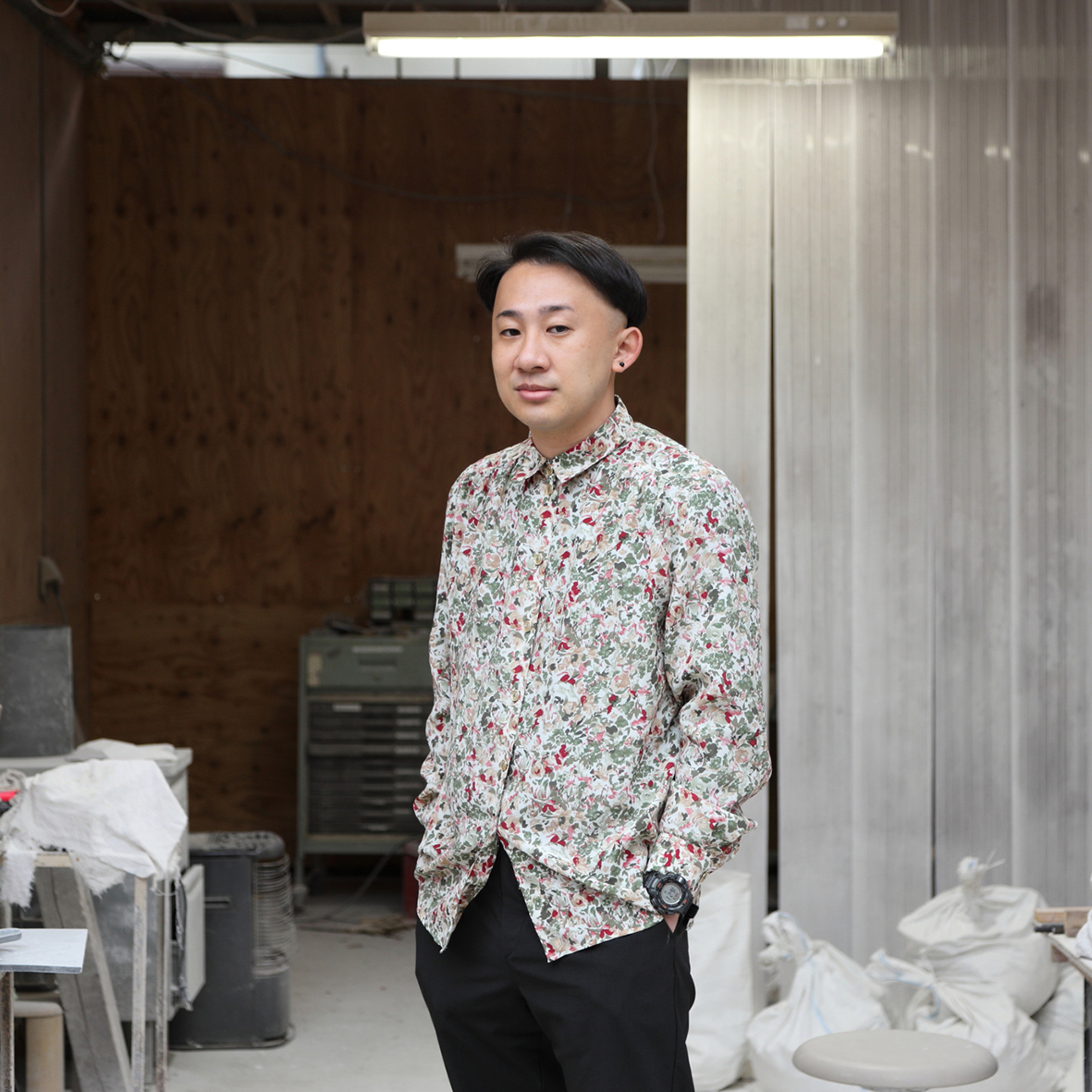
Takuya Tsutsumi
Born in 1987, Takuya Tsutsumi is a Kansai-based curator and graphic designer. He graduated with an MA in cultural studies from Adam Mickiewicz University in 2019. In addition to designing exhibition spaces, Tsutsumi creates one-off performative experiences and is particularly interested in non-institutional practices, especially across Asia. His directing and curatorial credits include Share-Meeting 2: The Successive Gathering and Momentum of Becoming (2025, Shiga), MEET YOUR ART FESTIVAL 2024: SSS—Super Spectrum Specification (Tokyo), Takuya Yamashita’s solo exhibition Hope Embedded in Darkness: Bear, Munch, Cheeseburger, and Others (2023, Taipei), and Aichi Triennale 2022. Tsutsumi is Program Co-director for the shared studio space Yamanaka Suplex, Program Director at ICA Kyoto, and an associate professor at Kyoto University of the Arts.
Artist Profile
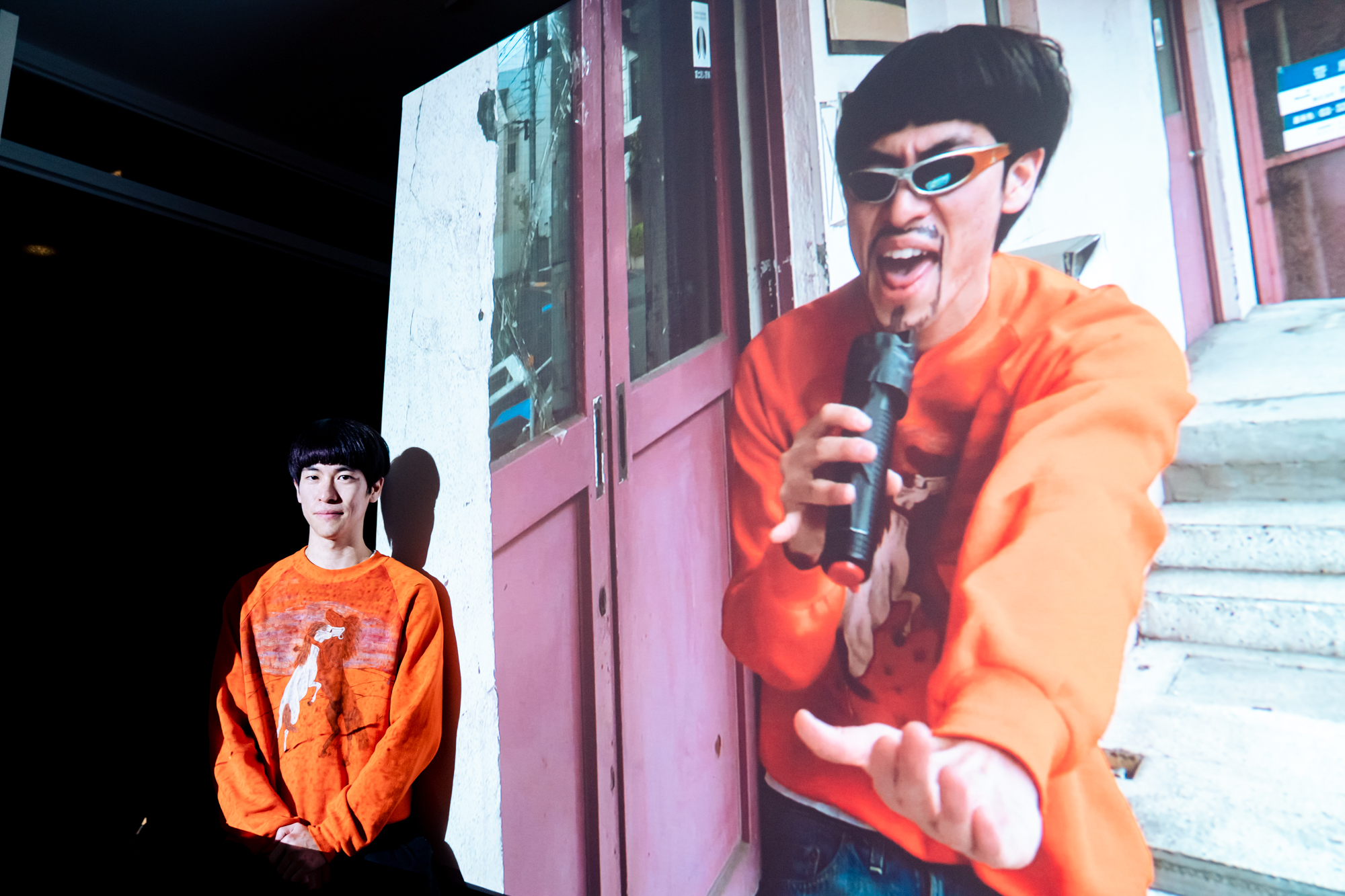
Kurachi Tomonosuke
Tokyo, Japan
Kurachi Tomonosuke creates video installations based on critical views on entertainment, in which he directs and plays the leading role. He appropriates well-known forms of entertainment like TV dramas, music videos, or movies and slickly provokes laughter by imitating them, which he sees as an act of primitive exaggeration. His set and costume designs reflect everyday objects and they are made instantly. In this way, he converts the daily sphere into an amusing arena. Through improvising rhythmic vocalisations, he exposes absurdity out of meaning or meaninglessness. Kurachi asks himself questions about the nature of postmodern entertainment and humanity, practising artistic expression originated in laughter.
Nagara Wada Program
Leu Wijee + Nagara Wada
massageXgossip[Theater, Dance]
A stranger who you just met less than 30 minutes ago pushes into a pressure point on the back of your foot. As they say, “Does it hurt? It seems like you’re not getting enough sleep,” you shriek in pain. Leaning in to listen to a dear friend—“Look, this is just between me and you but…”—you inch in closer and lower your voice.
Massaging and gossiping: at first glance, two acts that seem entirely unrelated. What happens when we playfully connect the dots between these techniques for touching others within human society? Indonesian choreographer Leu Wijee and Japanese director Nagara Wada have been working across several cities in Asia—Bangkok, Taipei, Yogyakarta, Kinosaki—and deepening their collaborative research and conversations. Two tricky motifs; two artists who come from different linguistic, cultural, and artistic backgrounds. What kinds of bodies and modes of storytelling will this serendipitous pairing generate?
Curator’s Statement (Nagara Wada)
I met Leu Wijee last summer at the ADAM Artist Lab, hosted by Taipei Performing Arts Center. Dance and theater, Indonesia and Japan—while we come from different contexts, we quickly hit it off, came up with these motifs, and had fun sharing their peculiarities together. It was only later on that I learned about anthropologist Robin Dunbar’s hypothesis that monkeys were actually engaged in gossip as the act of “grooming” shifted evolutionarily toward the development of language. If grooming was the wellspring of massages and gossiping the origin of language, does this mean that our explorations were unintentionally reaching toward the roots of human interactions, as we awkwardly fumbled over our words in English?
Curator Profile
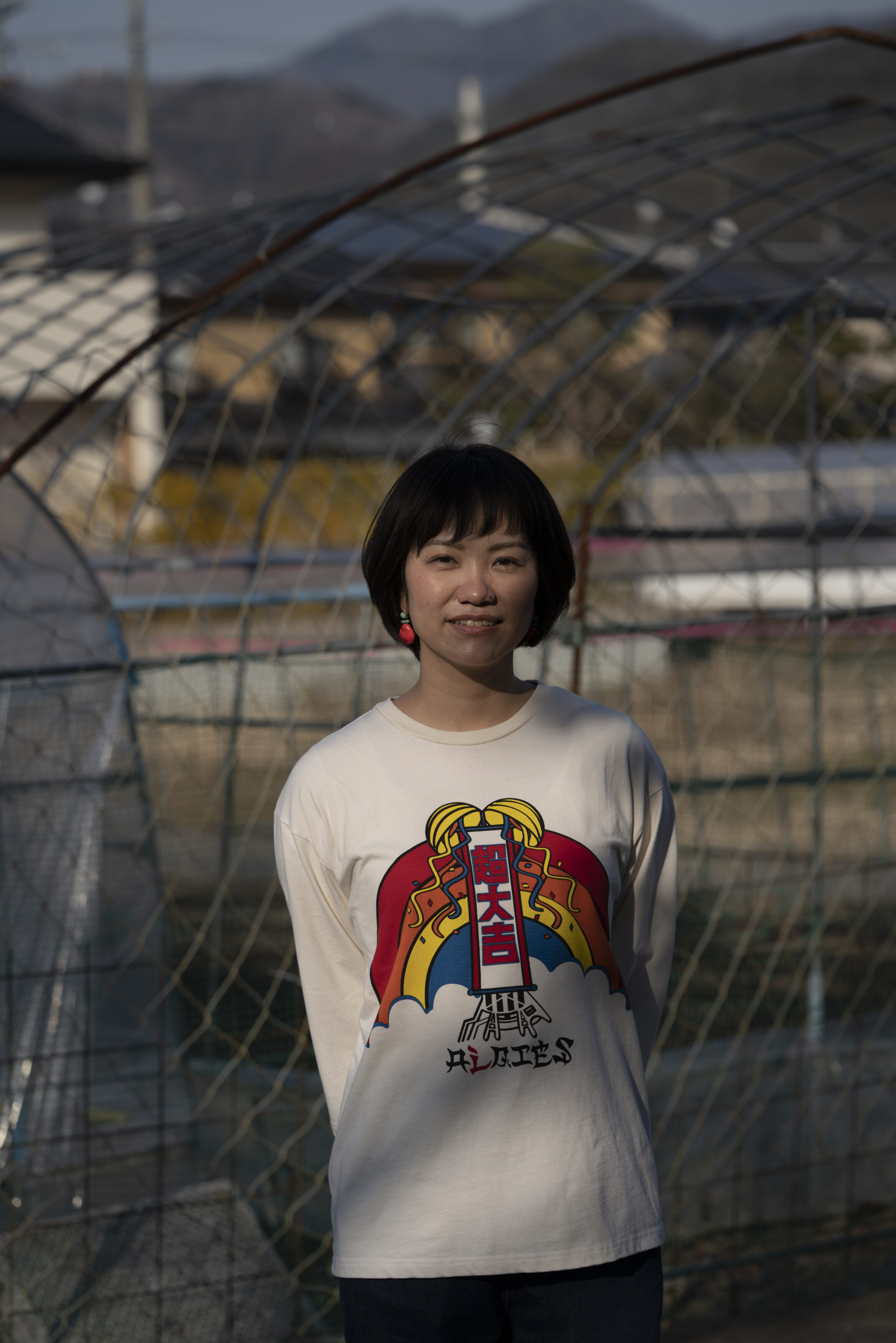
Nagara Wada
Nagara Wada graduated with a degree in film and performing arts from Kyoto University of Art and Design, and then completed the art studies master’s program at the same university. In February 2011, she began working as a theater director based in Kyoto and founded her own theatre unit, shitatame. With a deep interest in the act of acting, Wada deciphers texts and motifs as if zooming into them, aiming to establish a distinct language for acting with each performance. She actively pursues collaborative projects, and through the medium of theater, she connects with artists from various fields, including visual art, photography, architecture, music, sculpture, and dance. Since 2018, she has served as a member of the booking team for the multidisciplinary art space UrBANGUILD, where she organized 3CASTS, a performance series that focuses on actors. She is chairperson of the Kyoto Performing Arts Organization from 2020 and The Saison Foundation ‘Saison Fellow I’ from 2025.
Artist Profile
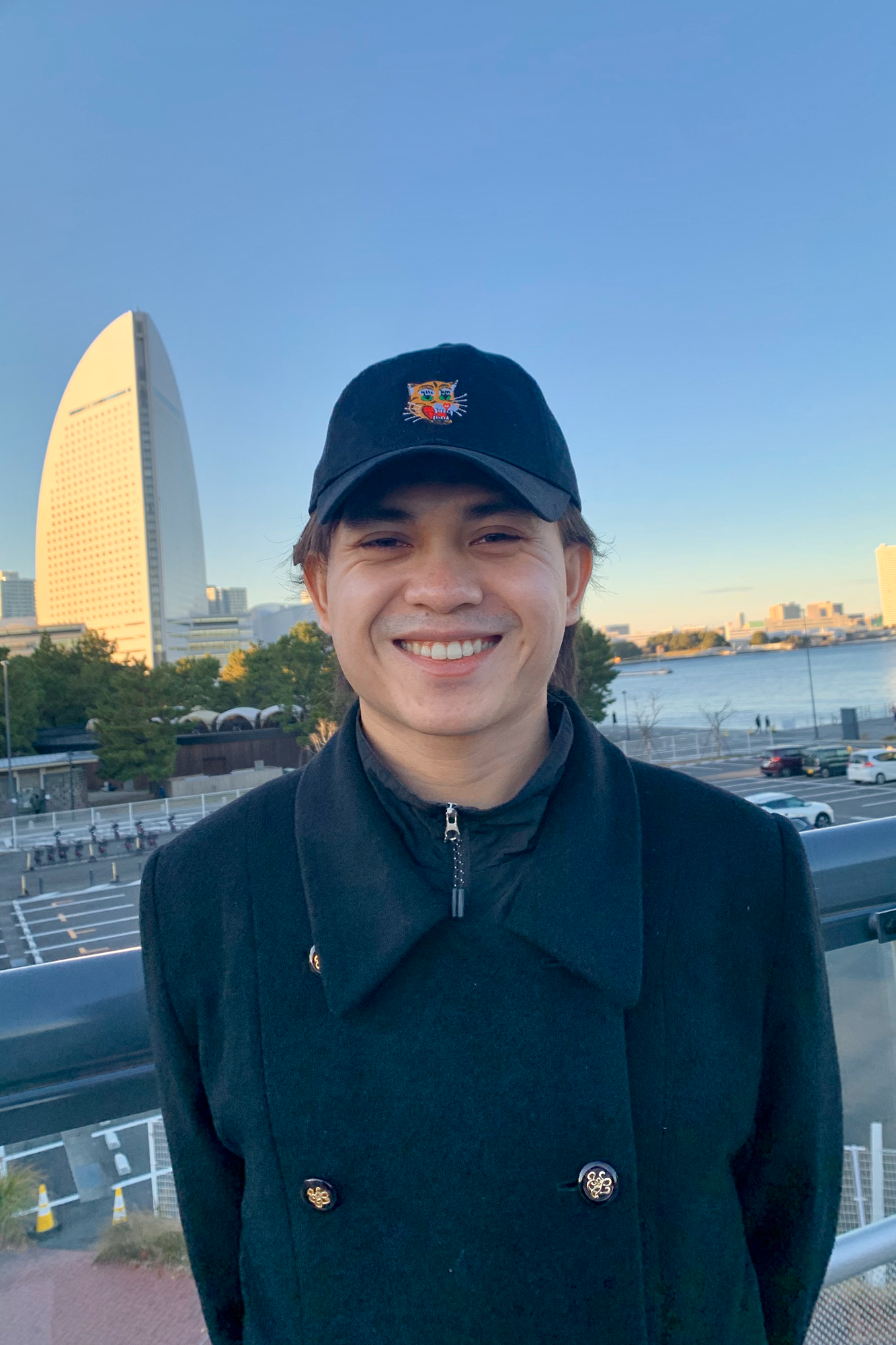
Leu Wijee
Palu and Yogyakarta, Indonesia
Born in Parigi, Central Sulawesi, Leu Wijee is a self-taught Indonesian artist, choreographer and dancer based in both Palu and Yogyakarta. His artistic practice explores the concept of mix-remix, often using choreographic thinking as a starting point to bring together various elements—senses, spaces, sounds, objects, and more—into intersection. Although the body is his primary medium, he sees anything that moves as resonant with his way of working.
In recent years, he has participated in various programs and festivals, including Bangkok International Performing Arts Meeting (2025) Bangkok; Asia Discovers Asia meeting for Contemporary Performance (Artist Lab 2024) (Kitchen 2023) Bangkok and Taipei respectively; Indonesian Dance Festival (Kampana 2022) (Evening Performance 2024) Jakarta; Farm-Lab Exhibition (2021) Tokyo, among others. Throughout his career, Leu’s performances have taken place in different settings, such as in blackbox, gallery, Japanese traditional house, studio, digital platforms and other alternative space. In addition, he has worked with and performed in the work of other artists, including Jecko Siompo (2014-2019).
Stage Management: Yohei Sogo
Assistant Stage Managers: Koutarou Tategami, Kazunari Uchida
Lighting: Chisako Yasutake (RYU)
Sound: Kota Uematsu
Video: Yoshitaka Shimada
Stage Technician: Yuhi Kobayashi, Mao Sakai
Production Management: Hiroshi Watanabe, Yoshimi Toyoyama
Produced by Kyoto Experiment
Supported by Japan Creator Support Fund
Presented by Kyoto Experiment
[Maki Kawaguchi Program Credits]
Playwrights and Directors: Mayo Koide, hayate kobayashi, Kumiko Takahashi
Art and Video: Mayo Koide, hayate kobayashi
Voice and Performance: Kumiko Takahashi
In co-operation with HAPS, Gallery PARC
Supported by Arts Support Kansai
[Takuya Tsutsumi Program Credits]
Direction & Performer: Tomonosuke Kurachi
Performers: Kakeru Kojima, Hayate Ito, Mitsuki Itoh, Shintarou Uno, Freddie ENSOUL, Koujirou Yamamoto, Yuto Yonemura
Assistant Director: Mai Nunoya
Lyricist: Fuka Nagata, Kazufumi Umemura
Composer: Kazufumi Umemura, Yuto Yonemura
[Nagara Wada Program Credits]
Co-direction, Co-choreography and Performance: Leu Wijee, Nagara Wada
Performers: Mio Ishida, Yuka Uchida, Dani S. Budiman
Dramaturg: Huang Ding Yun|Surtitles translation: Keiko Yamaguchi
Residency support: Kinosaki International Arts Center (Toyooka City)
In co-operation with Indonesian Dance Festival
Supported by The Saison Foundation,
National Culture and Arts Foundation (Taiwan),
National Talent Management for Art and Culture by Ministry of Culture of Indonesia

